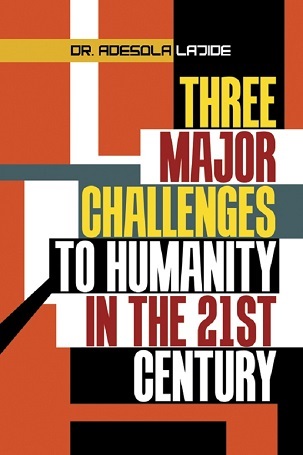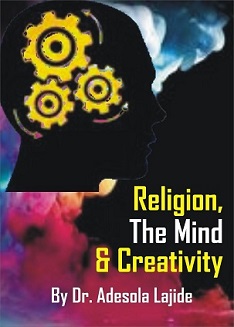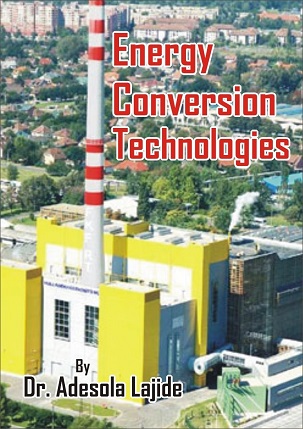Books by Adesola Olajide

three major challenges to humanity in the 21st century
Infectious diseases are estimated to cause more than 25 percent of all deaths around the world. A number of infectious-disease outbreaks over the past decade, such as H5N1 avian influenza and severe acute respiratory syndrome (SARS), have heightened concerns about how infectious diseases might threaten global security. Most recently, the emergence of influenza A H1N1 has demonstrated the threat that infectious diseases pose. It is important to note that about 75 percent of the diseases that have emerged over the past decade have originated from animals. As a result, effective responses to the growing threat of infectious diseases require a multidisciplinary approach that brings together stakeholders from a variety of sectors, including agricultural and animal health. Health, socioeconomic, or political planning is a basic management function. It is a process of selecting strategic goals and objectives and choosing the best ways to achieve these goals. It involves making decisions on what needs to be done to achieve these objectives in view of the past and prevailing circumstances. This is a very important consideration in developing a human global pandemic preparedness plan.

religion, the mind and creativity
The association between bipolar disorder and creativity first appeared in literature in the 1970s, but the idea of a link between "madness" and "genius" is much older, dating back at least to the time of Aristotle. The Ancient Greeks believed that creativity came from the gods, and in particular the Muses, the mythical personifications of the arts and sciences, and the nine daughters of Zeus, the king of the gods. The idea of a complete work of art emerging without conscious thought or effort was reinforced by the views of the Romantic era. It has been proposed that there is a particular link between creativity and bipolar disorder, whereas major depressive disorder appears to be significantly more common among playwrights, novelists, biographers, and artists.

energy conversion & storage technologies
Human civilization and breakthroughs in energy conversion technologies; Cultural and economic progress in human civilization is largely defined by breakthroughs in energy conversion technologies. This applied to the highly evolved classical Chinese culture as well as to the advanced worlds of Mesopotamia, Egypt, Greece and Rome, with regards to irrigation technologies and improved transportation facilities. Likewise the early industrialization in the middle ages was powered by water and wind. This theory also applies to the industrial revolution in modern times, which was made possible by the steam engine, used in production processes, navigation, rail transport and which continues to be used today in contemporary steam-powered plants, whether operated by fossil or nuclear energy. The steam engine was the most important fossil energy converter of the 19th century. Powered by coal and later by oil and gas it launched the fossil energy economy. Over the centuries a wide array of devices and systems has been developed for the purpose, of energy conversion. Some of these energy converters are quite simple. The early windmills, for example, transformed the kinetic energy of wind into mechanical energy for pumping water and grinding grain. Other energy-conversion systems are decidedly more complex, particularly those that take raw energy from fossil fuels and nuclear fuels to generate electrical power. Systems of this kind require multiple steps or processes in which energy undergoes a whole series of transformations through various intermediate forms.

Loading the next 20 Records..…